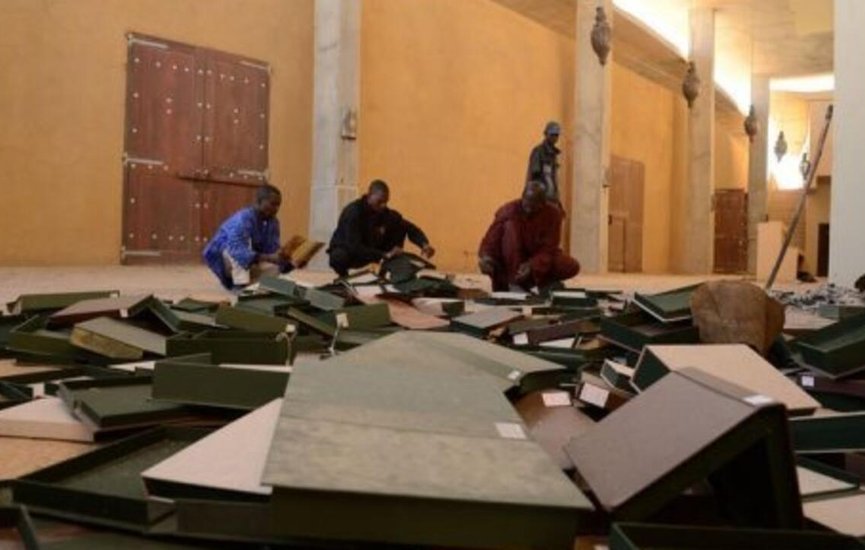In a poignant act of cultural restoration, Mali’s military government has begun the long-awaited return of Timbuktu’s historic manuscripts, a trove of intellectual heritage that narrowly escaped destruction during the city’s occupation by al-Qaida-linked militants in 2012. The manuscripts, some dating back to the 13th century, were smuggled out of Timbuktu by courageous custodians who risked their lives to preserve the legacy of a civilization. Using rice sacks, donkey carts, motorcycles, boats, and four-wheel drive vehicles, these guardians of knowledge spirited away over 27,000 documents, shielding them from the ideological violence that saw more than 4,000 manuscripts destroyed, along with nine mausoleums and a mosque’s door—nearly all of Timbuktu’s UNESCO World Heritage-listed structures.
The first shipment of manuscripts, weighing approximately 5.5 tons and packed into over 200 crates, arrived in Timbuktu by plane from the capital, Bamako. Authorities emphasized the urgency of the transfer, citing the damaging humidity of Bamako as a threat to the fragile documents. Timbuktu, located about 706 kilometers (439 miles) northeast of Bamako on the edge of the Sahara Desert, offers a dry climate more conducive to their preservation. For years, local leaders and religious authorities have called for the manuscripts’ return, underscoring their significance not only as historical artifacts but as living symbols of the city’s intellectual and spiritual identity.
“This is the first stage,” said Bilal Mahamane Traoré, a local official, signaling that more shipments are expected in the coming days. Diahara Touré, Timbuktu’s deputy mayor, echoed the sentiment, describing the manuscripts as vital reflections of the region’s civilization and heritage. Their return marks a turning point in Mali’s efforts to reclaim its cultural patrimony and restore a sense of continuity disrupted by conflict.
During the ceremonial handover, Bouréma Kansaye, Mali’s Minister of Higher Education, reaffirmed the government’s commitment to safeguarding the manuscripts. He described them as a “legacy that bears witness to the intellectual greatness and crossroads of civilization” that Timbuktu once represented—a beacon of scholarship and exchange in West Africa. Kansaye emphasized the responsibility now borne by Mali to protect, digitize, study, and promote these treasures so they may continue to enlighten not only Mali and Africa but the world at large.
The manuscripts span a wide array of disciplines, including Islamic theology and jurisprudence, astronomy, medicine, mathematics, history, and geography. Their breadth and depth testify to the scholarly vibrancy of the Mali and Songhai empires, whose influence once radiated across the continent. UNESCO has recognized these documents as part of the World Cultural Heritage, underscoring their global significance.
Despite the symbolic victory of their return, Mali’s security situation remains fragile. The country continues to grapple with an insurgency involving armed groups affiliated with al-Qaida and the Islamic State. Although Timbuktu is back under government control, militant attacks persist in surrounding areas, with incidents reported as recently as last month. Thirteen years after the city’s occupation, the road to peace and stability remains uncertain. Yet, the return of the manuscripts offers a glimmer of hope—a reminder of Mali’s enduring cultural resilience and the power of knowledge to transcend violence.
